Archives
- 2025-11
- 2025-10
- 2025-09
- 2025-03
- 2025-02
- 2025-01
- 2024-12
- 2024-11
- 2024-10
- 2024-09
- 2024-08
- 2024-07
- 2024-06
- 2024-05
- 2024-04
- 2024-03
- 2024-02
- 2024-01
- 2023-12
- 2023-11
- 2023-10
- 2023-09
- 2023-08
- 2023-07
- 2023-06
- 2023-05
- 2023-04
- 2023-03
- 2023-02
- 2023-01
- 2022-12
- 2022-11
- 2022-10
- 2022-09
- 2022-08
- 2022-07
- 2022-06
- 2022-05
- 2022-04
- 2022-03
- 2022-02
- 2022-01
- 2021-12
- 2021-11
- 2021-10
- 2021-09
- 2021-08
- 2021-07
- 2021-06
- 2021-05
- 2021-04
- 2021-03
- 2021-02
- 2021-01
- 2020-12
- 2020-11
- 2020-10
- 2020-09
- 2020-08
- 2020-07
- 2020-06
- 2020-05
- 2020-04
- 2020-03
- 2020-02
- 2020-01
- 2019-12
- 2019-11
- 2019-10
- 2019-09
- 2019-08
- 2019-07
- 2019-06
- 2019-05
- 2019-04
- 2018-11
- 2018-10
- 2018-07
-
br Conflict of Interest br Transparency Document br Introduc
2025-02-13

Conflict of Interest Transparency Document Introduction Mitoxantrone (MXT) is an androstenedione chemotherapeutic agent that is used to treat acute nonlymphocytic leukemia, acute lymphoblastic leukemia, prostate cancer, metastatic breast cancer, and non-Hodgkin’s lymphoma [13], [14]. It is
-
br Material and methods br Results br Discussion To develop
2025-02-13
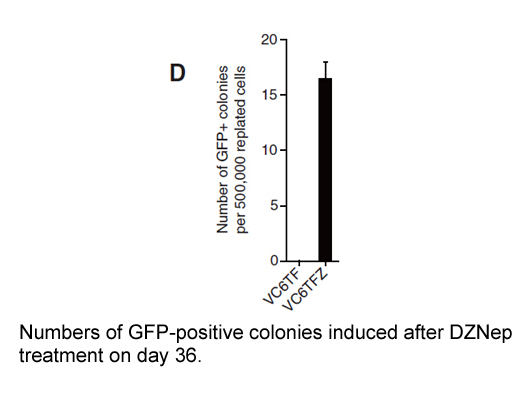
Material and methods Results Discussion To develop a novel regenerative and/or neuroprotective therapy for optic neuropathy, including glaucoma, numerous studies have tested new candidates favorable to RGC survival and axon regeneration. Among the many candidate drugs, AdoR modulators are o
-
br Conflict of interest br Acknowledgments This
2025-02-13
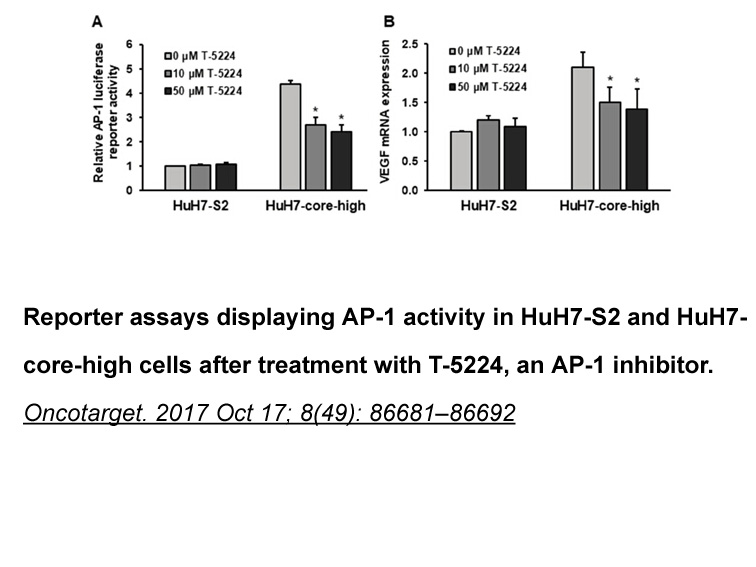
Conflict of interest Acknowledgments This work was supported by research grant [PR26/20326] from Santander Bank/UCM. The authors would like to thank Miguel Capo, Professor of Toxicology from the Universidad Complutense de Madrid, for his counseling during the preparation of the present work.
-
Our study like that of Zill et al
2025-02-13
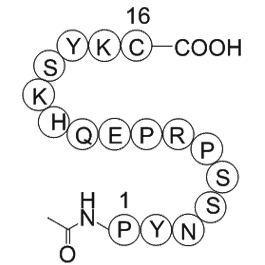
Our study, like that of Zill et al. (2012) included European Caucasians, although their population was much smaller (n=162) and more heterogeneous (19–72years). Further, potential confounding or effect modification by other health, lifestyle or genetic factors was not considered. These differences m
-
Dryocrassin ABBA mg The structures of these compounds were c
2025-02-13
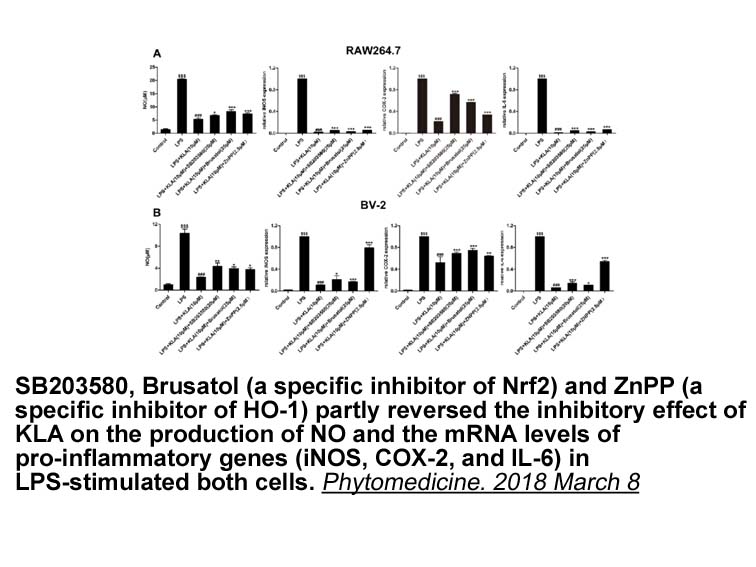
The structures of these compounds were confirmed from their spectral and micro analytical data. Based on [M + H] 367, molecular formula of was established as CHON. The IR spectrum of showed Dryocrassin ABBA mg due to CO stretching at 1700 Cm & OH stretching at 3188 Cm indicating that compound con
-
Whole body loss of ACLY is early embryonic lethal indicating
2025-02-13

Whole-body loss of ACLY is early embryonic lethal, indicating that it serves non-redundant roles during development (Beigneux et al., 2004). Silencing or inhibition of ACLY suppresses the proliferation of many cancer cell lines and impairs tumor growth (Bauer et al., 2005, Hanai et al., 2012, Hatziv
-
As previously mentioned when hypoxia treated cells
2025-02-13
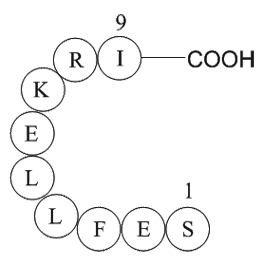
As previously mentioned when hypoxia-treated cells become re-oxygenated they sustain a significant amount of DNA damage which has been attributed to the formation of reactive oxygen species . This finding represents more than just an interesting in vitro phenomenon as within a tumor, cells have been
-
In order to determine whether
2025-02-12
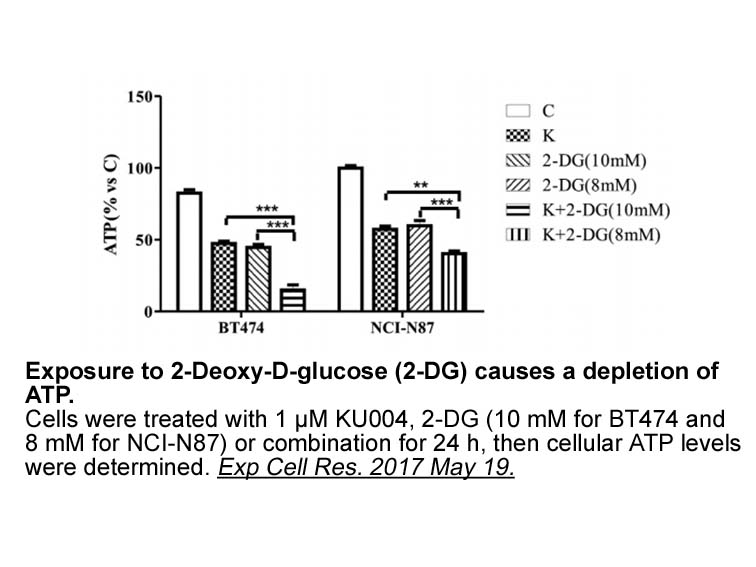
In order to determine whether the faster Rh2-induced apoptosis is specific of cholesterol depletion, we determined the cytotoxic effect of Rh2 in Pomalidomide synthesis depleted or not in sphingomyelin, another abundant plasma membrane lipid exhibiting enrichment in lipid rafts. We showed that, in
-
AP plays a pivotal role in transcriptional regulation of
2025-02-12
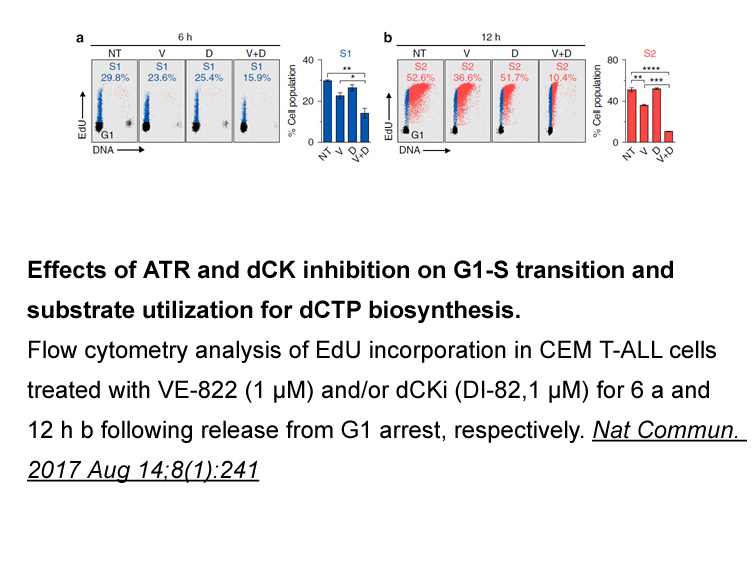
AP-1 plays a pivotal role in transcriptional regulation of MMP expression. The decoy technique allows the neutralization of AP-1 without any transfection reagents for cellular uptake that cause potential side effects or immune reactions. This energy-dependent transport mechanism of “naked” dODN is c
-
Many naphthoquinone derivatives have been previously obtaine
2025-02-12
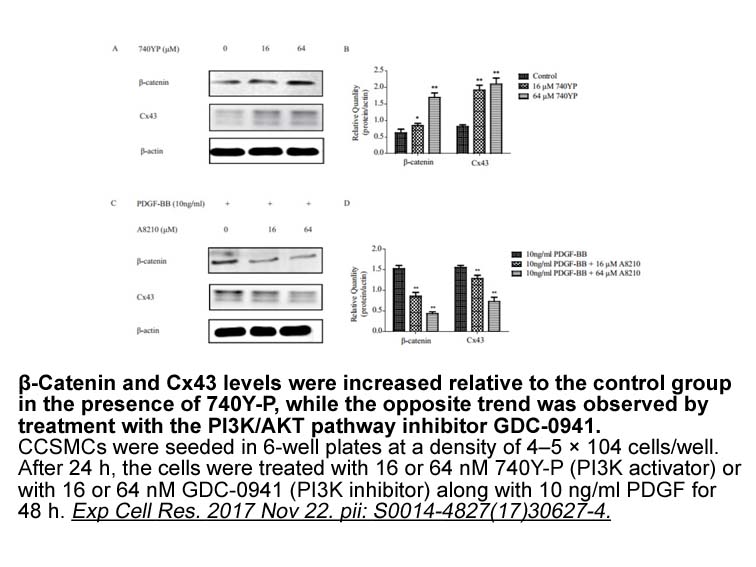
Many naphthoquinone derivatives have been previously obtained from fungi in the genus Fusarium isolated from various sources, F. oxysporum from the root of citrus (Nagia and El-Mohamedy, 2007), Fusarium sp. (No. b77) from the mangrove plant (Shao et al., 2010), F. solani and F. oxysporum from fibrou
-
br Economics consequences of antibiotic resistance in a
2025-02-12
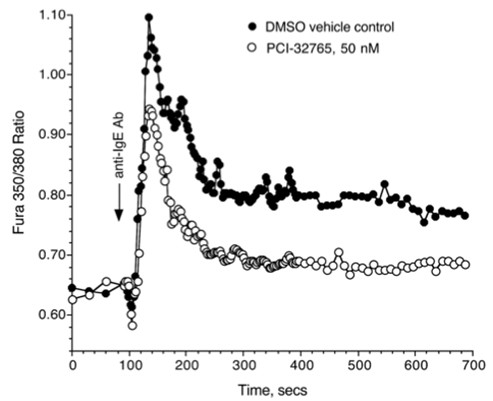
Economics consequences of antibiotic resistance in a SICU In the era of cost-containment, surgeons also need to consider the economic impact of antibiotic resistance in the surgical patient. Antibiotic-resistant infections are more difficult to treat, are more costly and more likely to be fatal t
-
Therefore in the present study we first
2025-02-12
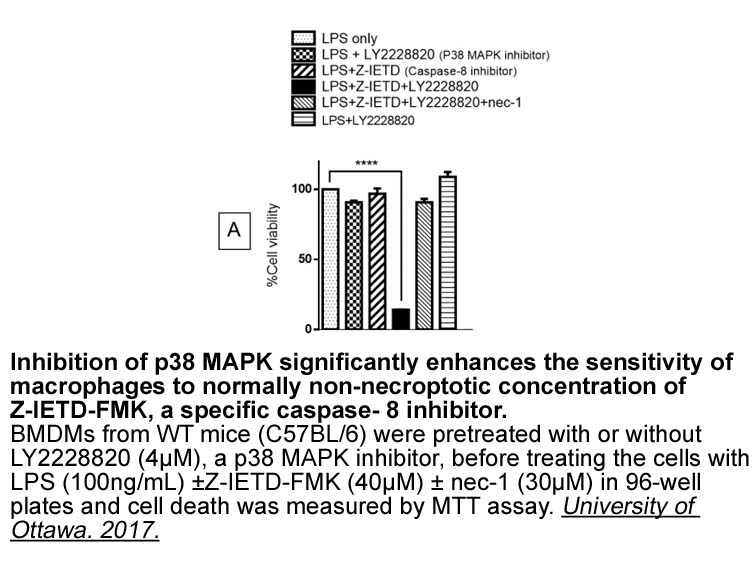
Therefore, in the present study, we first examined the ATRAP Sarpogrelate hydrochloride in human leukocytes of healthy subjects. We next analyzed possible relevant clinical factors affecting ATRAP expression in leukocytes of patients with NCDs. Furthermore, we examined the possible effect of ATRAP
-
We next developed a system
2025-02-12
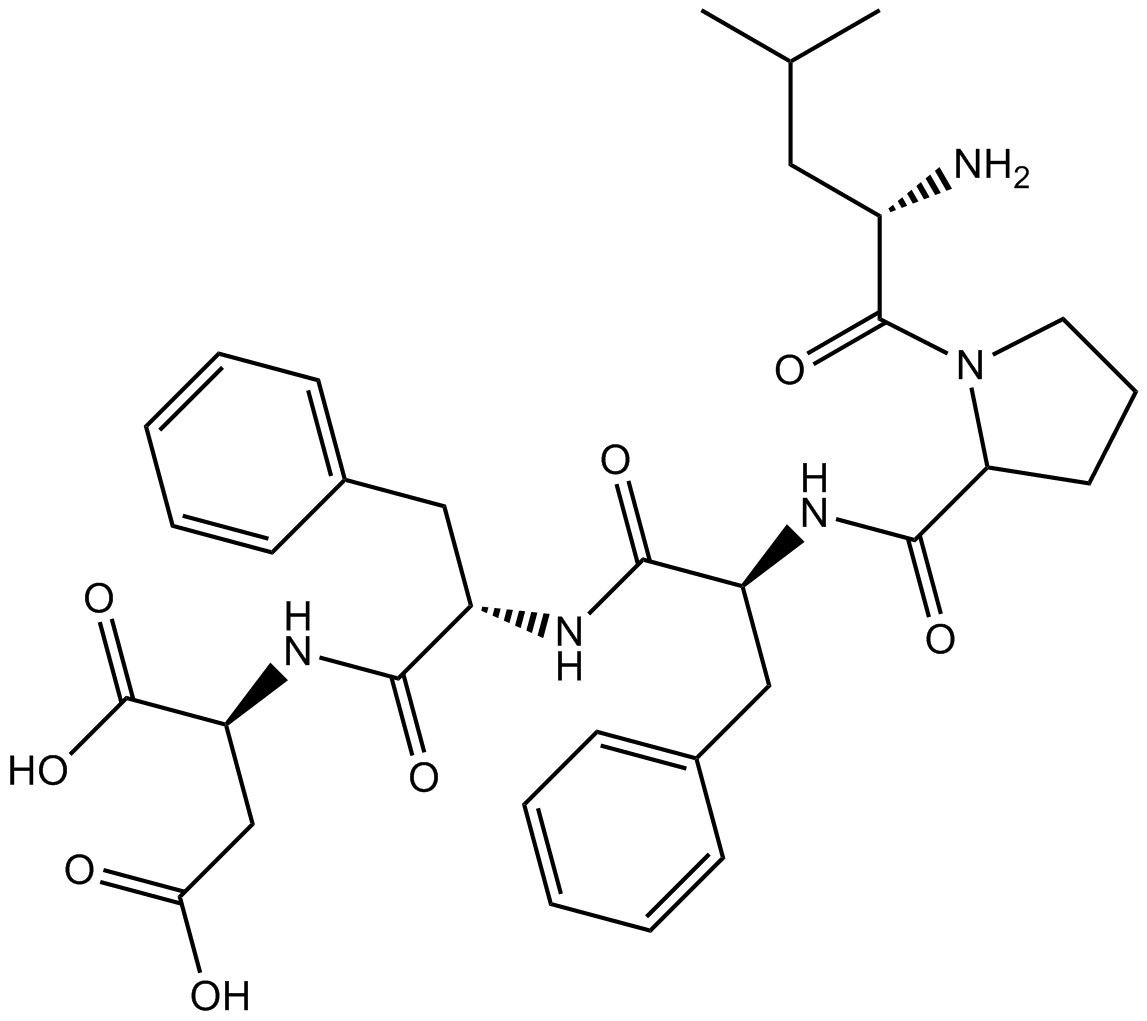
We next developed a system for staging severity. Our guiding principles were the following. Two types of information about the research participant are staged independently from each other: (1) grading disease severity using biomarkers and (2) grading the severity of cognitive impairment. Measures u
-
br Stress glucocorticoids as risk
2025-02-12
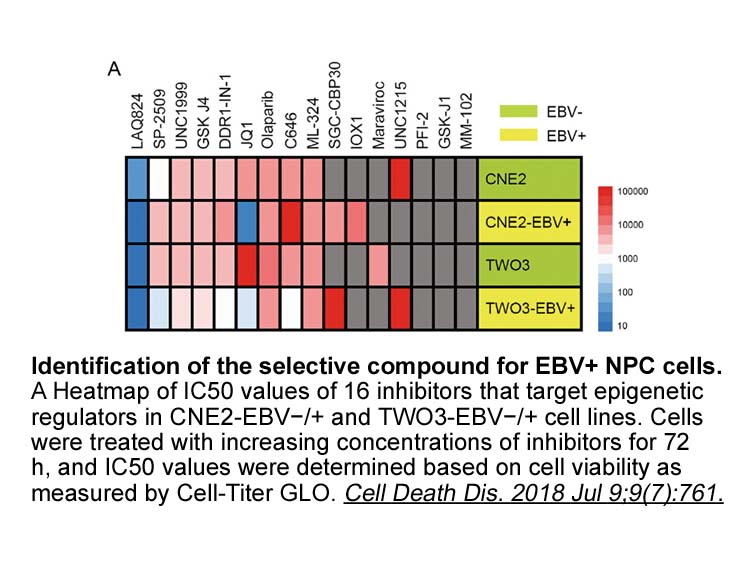
Stress/glucocorticoids as risk factor for Alzheimer’s Disease: preclinical studies A role for glucocorticoids in shaping the risk for AD is supported by animal studies using rats or mice injected with Aβ oligomers, tau protein or excitotoxins, or transgenic (Tg) mice carrying mutations associated
-
A previous study showed that miR c is involved in
2025-02-12
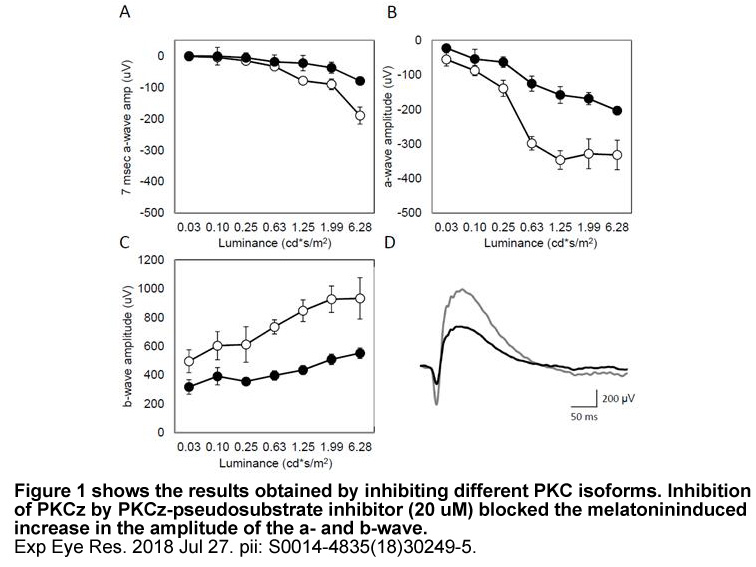
A previous study showed that miR-200c is involved in glucose-mediated pathological processes (Zhang, Guan, & Jin, 2017). Glucose metabolism is critical for the growth and proliferation of both normal Cordycepin and cancer cells, and reprogramming glucose metabolism now has been considered as a targ
16662 records 15/1111 page Previous Next First page 上5页 1112131415 下5页 Last page